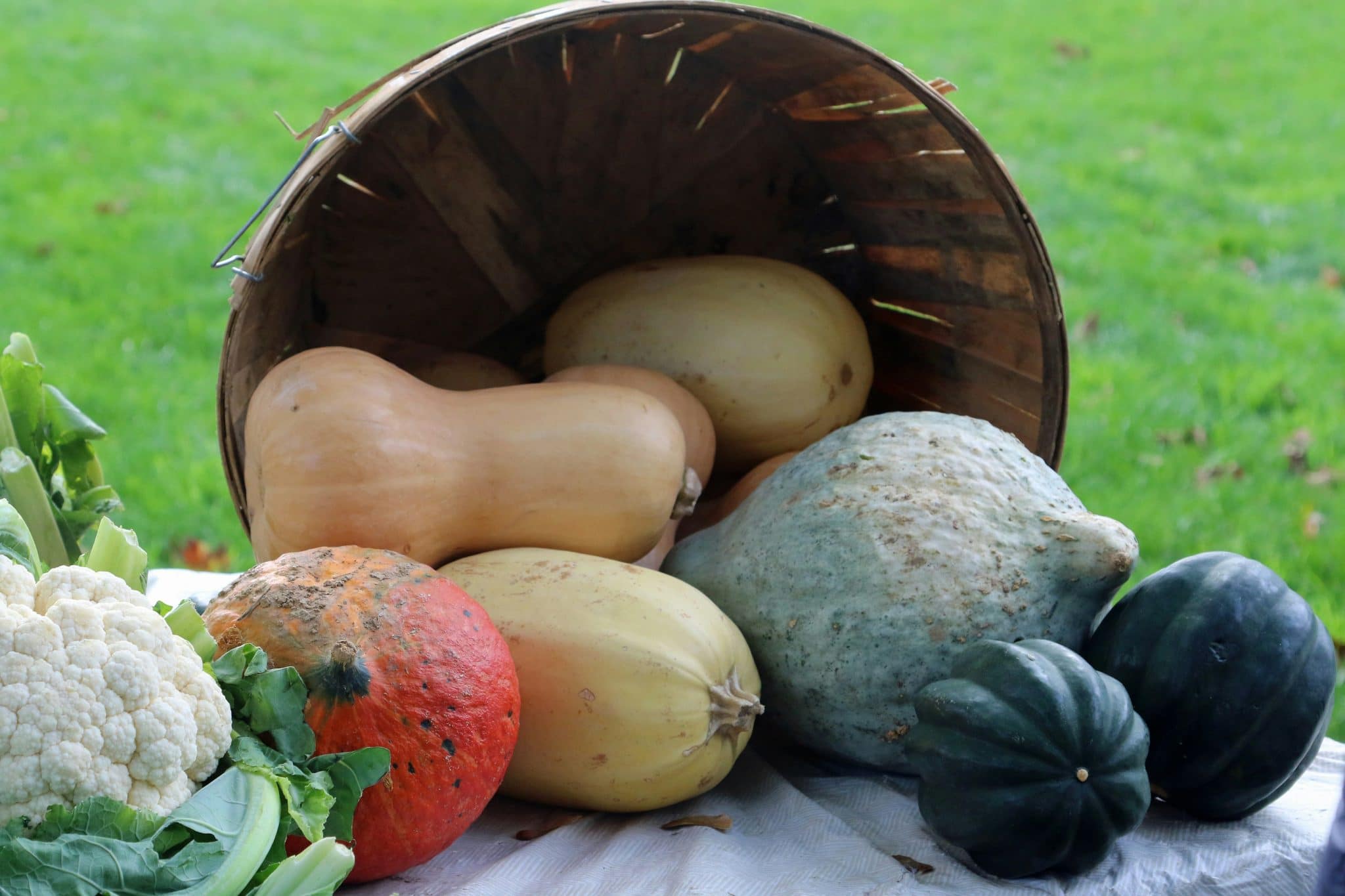Food Waste Reduction Challenges: Community Efforts to Minimize Kitchen Waste
Food waste is a significant and growing global problem that has serious environmental and economic implications. According to the Food and Agriculture Organization of the United Nations, about one-third of the food produced in the world for human consumption every year gets wasted. That amounts to approximately 1.3 billion tons of food, which is enough to feed the estimated 821 million people who go hungry every day. In addition to this, food waste also contributes to greenhouse gas emissions, with the production, transportation, and disposal of food accounting for around 8% of total global emissions. But the good news is that individuals, communities, and businesses all have a crucial role to play in reducing this significant problem. In this article, we will explore the food waste reduction challenges faced by communities and the efforts being made to minimize kitchen waste. 
The Challenges of Food Waste Reduction in Communities
Reducing food waste is not an easy task, and it requires a collective effort from all stakeholders involved. In the case of communities, there are several challenges that they face, making it harder to address the issue effectively. These challenges include lack of awareness about the problem, inadequate infrastructure for proper food storage and handling, and the cultural mindset of always having an abundance of food. Moreover, food waste reduction often competes with other community issues like poverty, housing, and education, making it a lower priority for many communities. However, despite these challenges, many individuals and organizations are working tirelessly to minimize kitchen waste and make a positive impact on the environment and the community.
The Role of Community Organizations
Community-based organizations play a significant role in addressing the food waste problem by raising awareness, educating individuals, and implementing solutions at the local level. These organizations can identify and target specific areas with the highest levels of food waste and work with local businesses and community members to develop solutions that fit their unique needs. For example, the Food Recovery Network is a student-led organization that partners with college campuses to recover surplus food and donate it to those in need. They have successfully recovered over 2 million pounds of food and redistributed it to community organizations across the United States, significantly reducing food waste in their communities.
The Importance of Education and Outreach Programs
Education and outreach programs are vital in promoting behavior change and preventing food waste. Many communities lack awareness about the impact of food waste and the steps they can take to reduce it. Therefore, educational initiatives like workshops and campaigns can be extremely effective in making people more conscious of their own food waste habits. One successful example of this is the “Love Food Hate Waste” campaign in the United Kingdom, which has reached millions of households through various social media platforms and educational materials, resulting in a decrease in food waste by 21% since its launch in 2007.
Efforts to Minimize Kitchen Waste in Communities
Community efforts to minimize kitchen waste involve implementing various practices and strategies to reduce the amount of food waste generated. Here are some examples of these efforts:
Implementing Composting Programs
Composting is a popular and effective method of managing food waste at the community level. By composting food scraps, communities can divert organic waste from landfills, where it would otherwise produce harmful methane gas. This compost can then be used as a natural fertilizer for gardens and farms, reducing the need for chemical fertilizers and closing the food waste loop. Many communities have implemented composting programs, such as the “Curbside Composting” program in Toronto, Canada, which has diverted more than 800,000 tons of food waste from landfills since 2002.
Promoting Food Rescue and Donation Programs
Food rescue and donation programs work to collect surplus or untouched food from restaurants, grocery stores, and other businesses and redistribute it to those in need. These programs address food waste while also addressing food insecurity in the community. There are many successful food rescue and donation programs in communities worldwide, such as the “FoodShare” program in Australia, which has redirected more than 70 million kilograms of surplus food to vulnerable communities.
Encouraging Meal Planning and Smart Shopping
Meal planning and smart shopping can help individuals and families reduce food waste by buying only what they need and using leftovers effectively. Community organizations can provide resources and support to help people develop these skills and habits, such as meal planning workshops and budget meal planning guides. These efforts can help individuals and families save money and reduce their food waste footprint.
Conclusion
Reducing food waste in communities requires a multi-faceted approach that involves education, awareness, and individual and collective action. By partnering with community organizations and implementing strategies like composting and food rescue programs, communities can make significant strides in minimizing kitchen waste. Addressing food waste not only benefits the environment but also has positive social and economic impacts. Therefore, it is crucial for communities to come together and take action to tackle this global issue before it’s too late.










